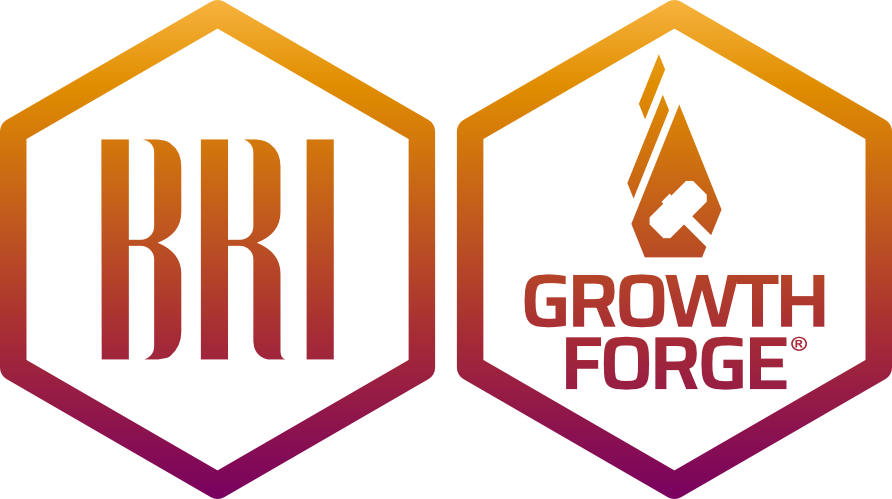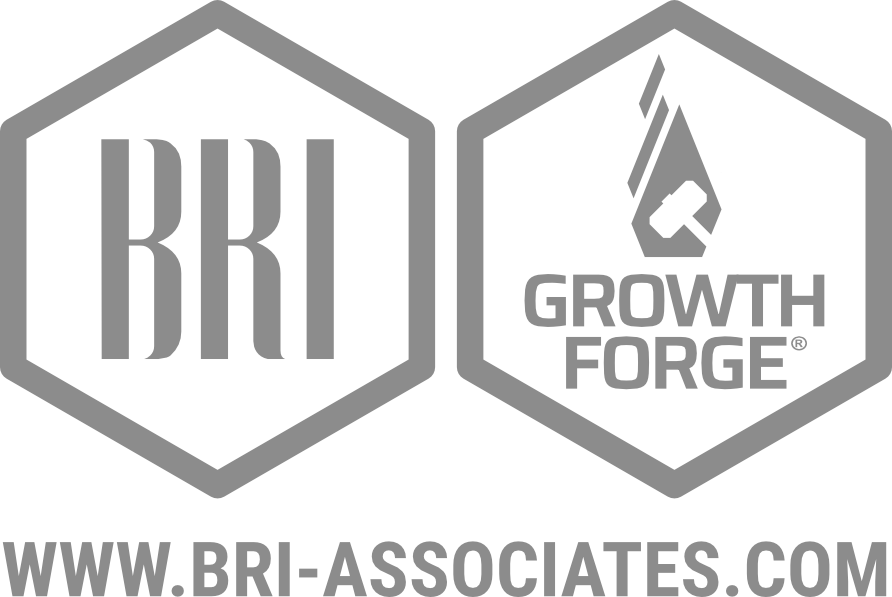Another great session with the Stevens Institute Symposium. This is an invitation-only conference consisting of a collection of companies that are all working in the Front End of Innovation. We get together twice a year to focus on a specific topic and share what has worked and what has been a challenge. This time we focused on corporate venturing and open innovation with sessions lead by Hila Lifshitz of NYU, Josh Lerner of Harvard, and Henry Chesbrough of UC Berkeley.
Hila Lifshitz discussed her particularly impressive study of how NASA transitioned over three years from an internal innovation model to an open innovation model. She found that the individual R&D engineers self-identities played a big role in determining their willingness to try open innovation. Shifting their mindset from problem solvers to solution seekers help ease the difficult transition.
Josh Lerner, who has spent over two decades of studying venture capital and private equity at Harvard, walked us through a great discussion about the different roles of corporate venture capital. Aligning the purpose of the corporate venture capital investment with the operations is again a central theme. It was fascinating to see the data that he has collected on companies corporate venture capital programs and the pros and cons of each approach.
Henry Chesbrough spoke to us about open innovation and the four primary models for working with startups (Venturing, Inside-Out, Outside-In, and Platform). Each has specific strengths and weaknesses, so picking the right model for the objective is critical to success. As always, it was a real pleasure to hear Prof Chesbrough speak. Each time I learn something new.
If you are interested in joining the Stevens Institute Symposium let us know we can make the necessary introductions.
Thanks to Peter Koen for setting up another great Symposium!





